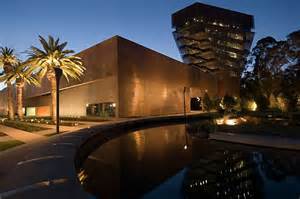Jul 16 2016 - Oct 9 2016
Fine Arts Museums of San Francisco - de Young
San Francisco, CA
Ed Ruscha and the Great American West includes 99 works that reveal the artist’s engagement with the American West and its starring role in our national mythology. This exclusive exhibition has been organized by the Fine Arts Museums of San Francisco and celebrates the career of one of the world’s most influential and critically acclaimed artists.
In 1956, at the age of 18, Ed Ruscha left his home in Oklahoma and drove a 1950 Ford sedan to Los Angeles, where he had been accepted to Chouinard Art Institute. His trip roughly followed the fabled Route 66 through the Southwest, which featured many of the sights — auto repair shops, billboards, and long stretches of roadway punctuated by telephone poles — that would provide him with artistic subjects for decades to come. Nine sections reveal Ruscha’s fascination with the evolving landscape and iconic character of the “Great American West” in symbolic, evocative, and ironic renditions. These include works that depict gasoline stations, long an important element of Ruscha’s work, as well as others that comment on Los Angeles and the film industry, such as his famous “Technicolor” images of the Hollywood sign. The exhibition also includes works in which a word or phrase is the sole subject, often depicted in a variety of forms that simulate poured liquids, cut ribbons, or spray paint.
Ruscha continues to work steadily at the age of 77, and this exhibition includes prints made as recently as 2015. He maintains a studio in the California desert and makes regular road trips though the spare, evocative, occasionally absurd landscapes that first inspired him as a young man. Ruscha has now worked in California for more than 50 years, and this exhibition celebrates his long commitment to exploring the American west as both romantic concept and modern reality.
Exhibition overview from museum website
Whether or not you go, the exhibition catalog, Ed Ruscha and the Great American West, features the everyday landscapes of the West, especially as experienced from the automobile—gas stations, billboards, building facades, parking lots, and long stretches of roadway—that are the primary motifs of Ruscha's often deadpan and instantly recognizable paintings and works on paper. Includes essays by Karin Breuer and D.J. Waldie, plus a fascinating interview with the artist.
Exhibition Venues & Dates
Jul 16 2016 - Oct 9 2016
Fine Arts Museums of San Francisco - de Young
San Francisco, CA

